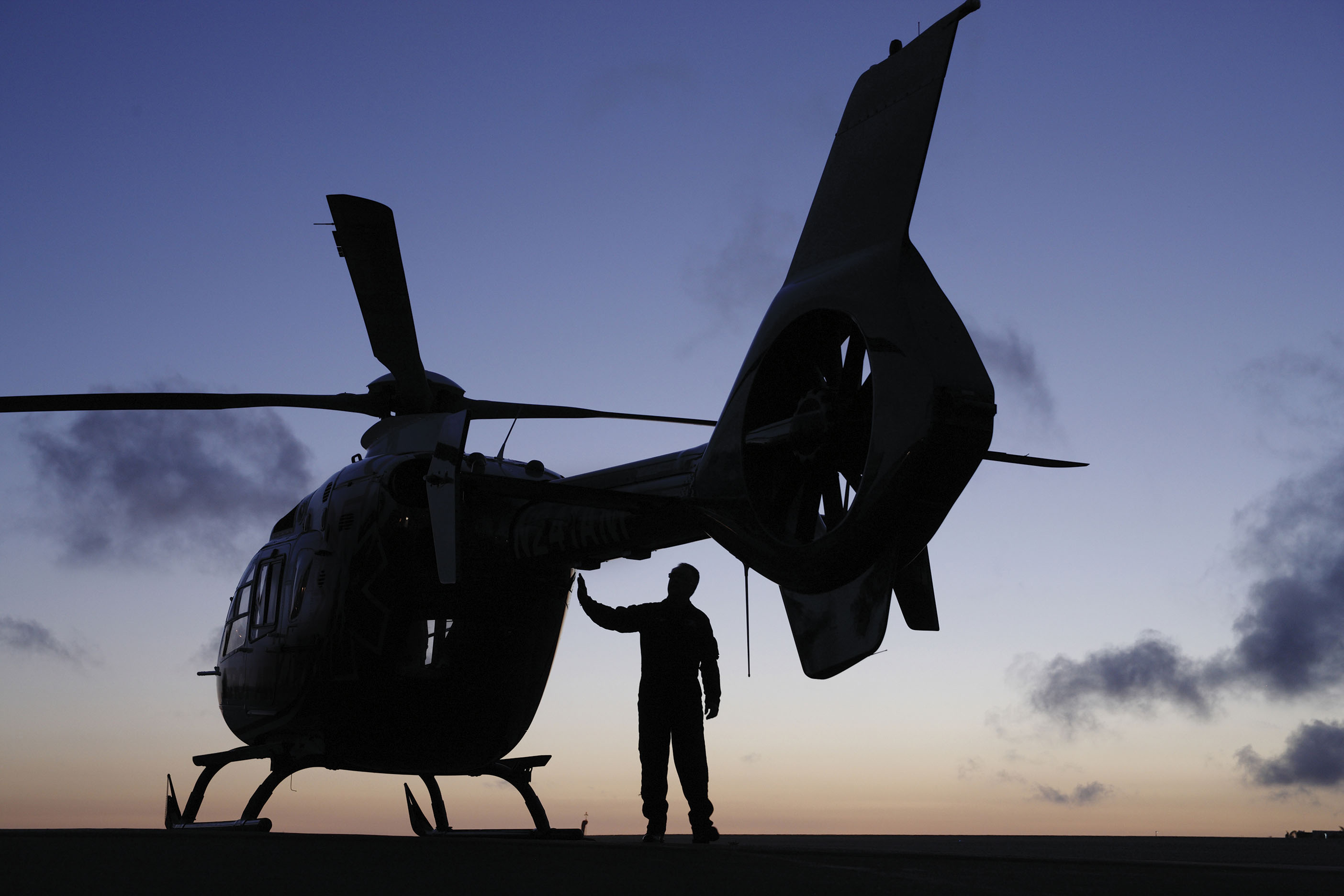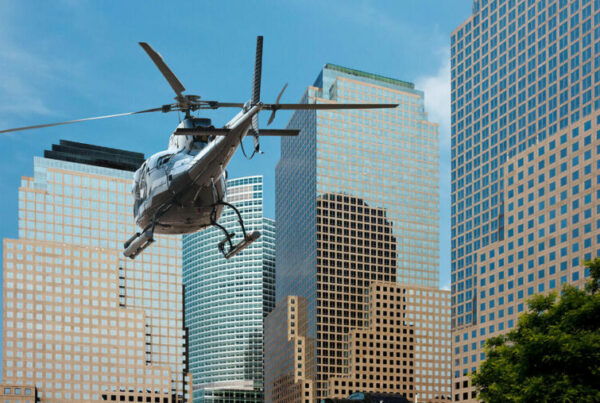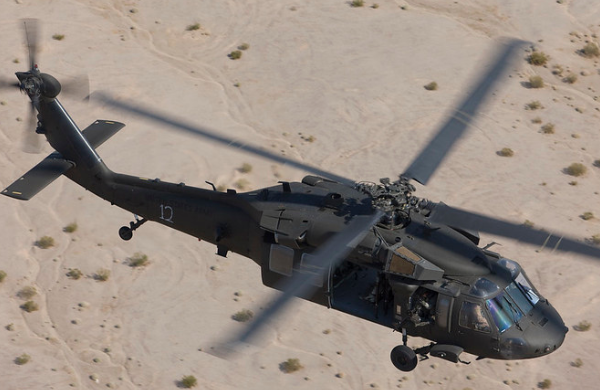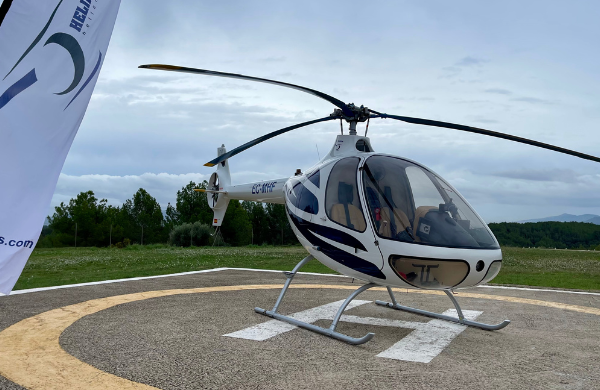The US National Transportation Safety Board (NTSB) has unveiled its 2021-2022 Most Wanted List of Transportation Safety Improvements, in which the agency identifies 10 key improvements that it believes would help prevent accidents, reduce the number and severity of injuries, and save lives.
Two of the items on the list are relevant to the rotorcraft industry. Those NTSB recommendations are to “require and verify the effectiveness of safety management systems (SMS) in all revenue passenger-carrying aviation operations” and “install crash-resistant recorders and establish flight data monitoring (FDM) programmes”.
Industry trade body Helicopter Association International (HAI) issued a press release commenting on the recommendations. “HAI is grateful to the directors and staff of the NTSB for their continued efforts to improve US transportation safety,” said James Viola, president and CEO of HAI. “We agree and support their recommendation to require SMS programmes for all passenger-carrying operations and encourage the use of recorders and flight-data monitoring programmes.
“HAI strongly recommends that all aviation operations, not just those that carry passengers for hire, adopt an SMS programme,” continued Viola. “An SMS provides a structured, ongoing process to improve operational safety, and is endorsed by aviation regulators and safety organisations around the world as the best way to systematically manage aviation risk.”
According to HAI, properly managed SMS programmes start with buy-in at the highest level of a company. Application of the SMS programme then expands to include every employee, recognising that each staff member must take personal responsibility to identify and report operational hazards and follow established policies and procedures. “This commitment to safety, from top to bottom, has been shown to reduce the risk of accidents,” noted Viola.
“When it comes to recorders and FDM, I want to be clear that HAI supports the installation and use of this equipment in passenger-carrying operations. All Part 135 operations have a duty to operate at the highest level of safety,” he stated. “Some missions, such as firefighting, logging, utility construction and maintenance, search and rescue, and offshore passenger transport, are unique in their execution and, as such, often require tailored safety practices, including the safety equipment selected for installation.”
To further reduce accidents in the VTOL industry, HAI emphasised the value of continual training for all pilots, starting at the earliest stages of their careers. “For pilots, the development of a personal safety culture must begin on the first day of flight school and never stop,” Viola confirmed. “Throughout their careers, pilots need recurrent training to ensure they remain current, competent and confident in their ability to execute standard and emergency procedures, able to bring every flight in for a safe landing.”








